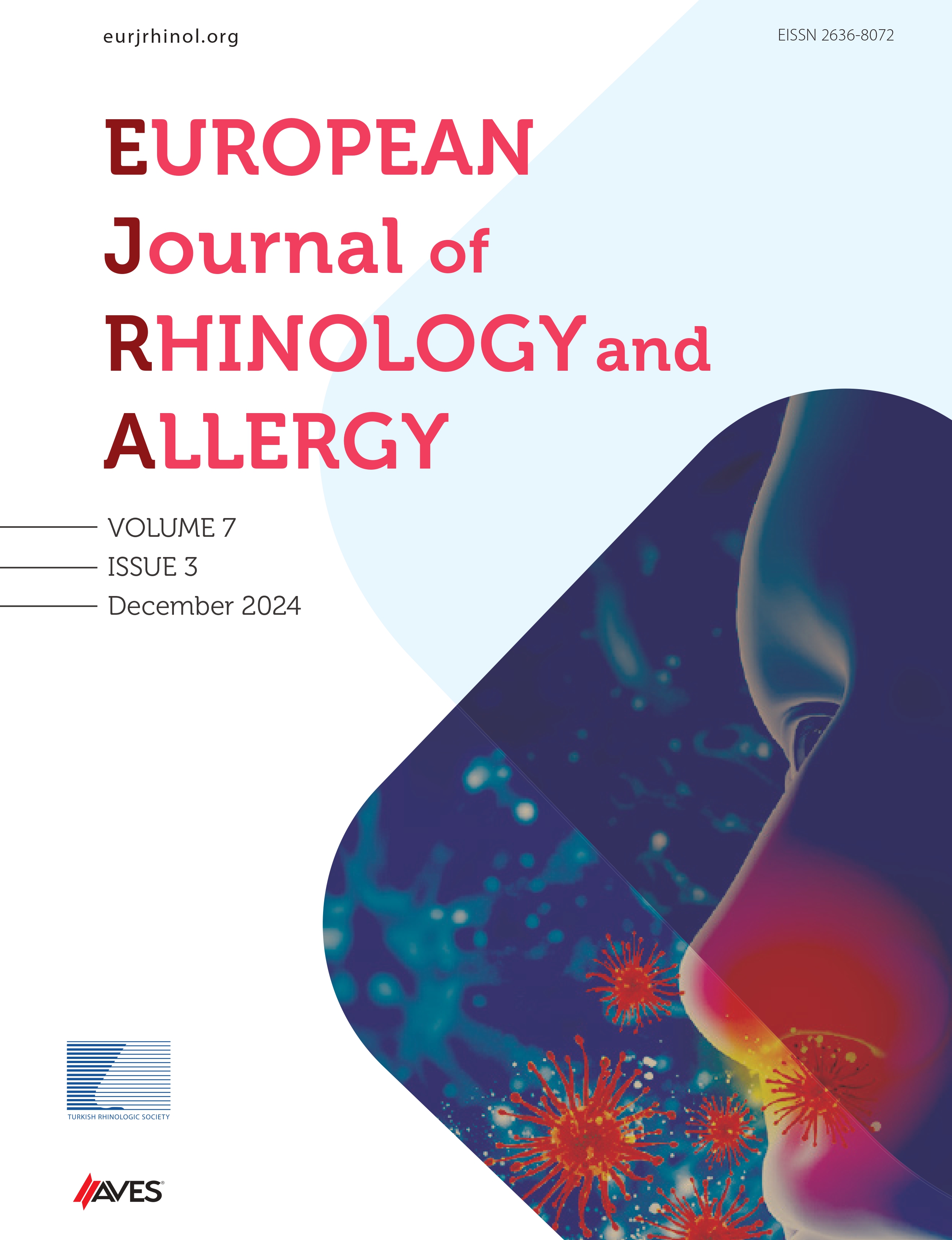The aim of this case report was to present our clinical approach for a case wherein nasal packing was applied for epistaxis and nosocomial nasal myasis caused by Lucilia sericata was developed during the follow-up in the intensive care unit because of subarachnoid hemorrhage. Nasal packing was used for epistaxis during the anticoagulant treatment of a 79-year-old man who was hospitalized, followed up, and treated at the coronary intensive care unit for the diagnosis of congestive heart failure. The larvae of L. sericata were observed in the nasal cavity after the nasal packings were removed on the third day. Hospital-acquired myiasis is rarely seen in clinical settings. The most critical point in the prevention of myiasis is undoubtedly hygiene as well as the use of an air conditioning system in the ventilation of the entire hospital, especially in the intensive care units. The present case report is the first for nosocomial myiasis caused by Lucilia in Turkey.
Cite this article as: Bora A, Ataş AD, Altuntaş EE. Nasal Nosocomial Myiasis Infection Caused by Lucilia Sericata Following Epistaxis and Nasal Packing: A Case Presentation. Eur J Rhinol Allergy 2020; 3(3): 72-5.

.png)

.png)